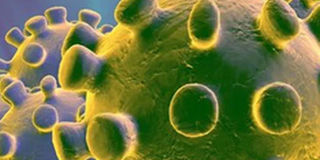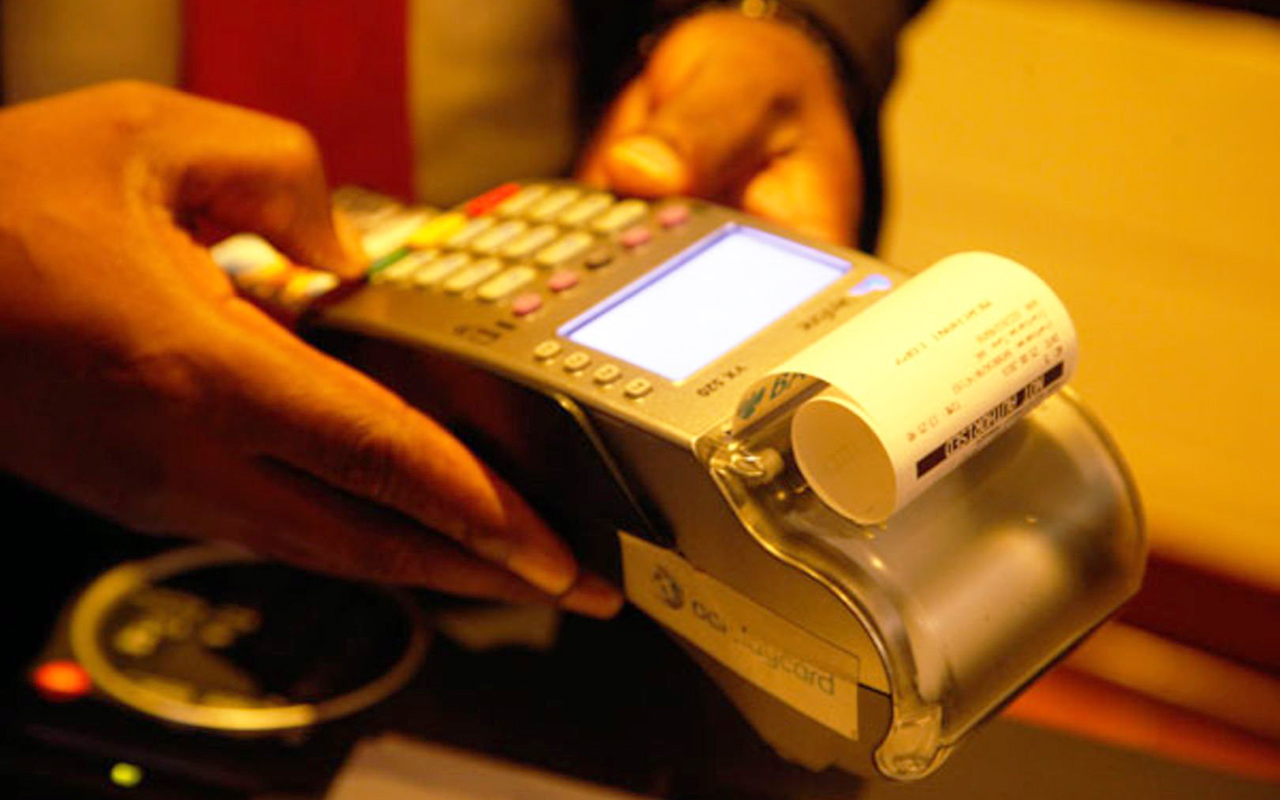First death suggests gaps in Covid-19 fight

On July 23, the Ministry of Health announced Uganda’s first Covid-19 death, which had happened a day earlier. During the announcement, Dr Henry Mwebesa, the Director General Health Services, told journalists that Uganda only got around to discovering this particular Covid-19 patient after her death.
The deceased, a 34-year-old woman, had been working at a government health facility, which should have made her an easy Covid-19 patient to identify, since we had been assured that countrywide surveillance was ongoing. But it took at least 12 days for the government to identify this Covid-19 patient, and by then she was dead.
According to the World Health Organisation and the Centres for Disease Control in the United States, 12 days is the medium time it takes for a Covid-19 patient who started showing symptoms.
That it took the government this long to discover a Covid-19 patient working in its own facilities is scary, since it suggests that people in communities might never be discovered until the disease has spread far and wide. It, however, is not surprising since Dr Mwebesa also said the Ministry of Health had reactivated the Namisindwa District Task Force to trace contacts.
This suggests that while some businesses remain under lockdown to prevent the spread of Covid-19, the government had discontinued its own services related to prevention of the disease. Yet, the government cannot claim to have been under resourced in the Covid-19 fight, given the amount of money that has come in from the donor community and the Ugandan taxpayer.
In April, Parliament, for example, allocated Shs281b in a supplementary Budget for the fight against Covid-19. A fraction of this amount worth Shs4.9b was supposed to fund the creation and equipment of 20 isolation centres in every district. As we have since found out, with the government having to face protests from politicians following a decision to move a Covid-19 patients from Elegu, Malaba and Busia borders to, as far as Gulu District, these centres were never established.
We also know that most patients picked from Mutukula and surrounding areas were moved to Masaka hospital, meaning districts such as Rakia did not have a single isolation centre, let alone 20.
Ugandans also contributed to the purchase of many vehicles, while Parliament allocated Shs1.4b for surveillance teams in all districts. All this was supposed to facilitate a robust countrywide Covid-19 surveillance, but as we are finding out with Uganda’s first Covid-19 death, these resources did not do what we were told they would do.
But now that we know the government has been sitting on these resources, hopefully the government wakes up and keeps a close eye on Covid-19 community spread.



